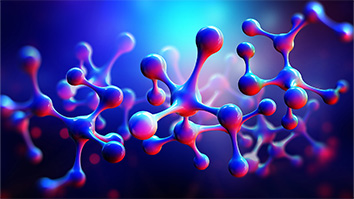Citation
Jozwiak, K., Plazinska, A., Toll, L., Jimenez, L., Woo, A. Y. H., Xiao, R. P., & Wainer, I. W. (2011). Effect of fenoterol stereochemistry on the β2 adrenergic receptor system: Ligand‐directed chiral recognition. Chirality, 23(1E), E1-E6.
Abstract
The β2 adrenergic receptor (β2-AR) is a model system for studying the ligand recognition process in G protein-coupled receptors. Fenoterol (FEN) is a β2-AR selective agonist that has two centers of chirality and exists as four stereoisomers. Radioligand binding studies determined that stereochemistry greatly influences the binding affinity. Subsequent Van’t Hoff analysis shows very different thermodynamics of binding depending on the stereoconfiguration of the molecule. The binding of (S,x′)-isomers is almost entirely enthalpy controlled whereas binding of (R,x′)-isomers is purely entropy driven. Stereochemistry of FEN molecule also affects the coupling of the receptor to different G proteins. In a rat cardiomyocyte contractility model, (R,R′)-FEN was shown to selectively activate Gs protein signaling while the (S,R′)-isomer activated both Gi and Gs protein. The overall data demonstrate that the chirality at the two chiral centers of the FEN molecule influences the magnitude of binding affinity, thermodynamics of local interactions within the binding site, and the global mechanism of β2-AR activation. Differences in thermodynamic parameters and nonuniform G-protein coupling suggest a mechanism of chiral recognition in which observed enantioselectivities arise from the interaction of the (R,x′)-FEN stereoisomers with a different receptor conformation than the one with which the (S,x′)-isomer interacts. Chirality 2011. © 2011 Wiley-Liss, Inc.


